Engrossed in the sci-fi film, Doctor Strange, from the comfort of my hotel bed after a 4-day trek in the Andes, I found myself philosophising about what we really know.
I wondered about the origins of mankind’s knowledge that has been imprinted onto our DNA throughout centuries, and the extent of our physical and mental capabilities.
I thought about how each day we get on with our lives and prefer to settle into a kind of predictable “Groundhog day” routine. However, given the right environment – and I have travelled to the holy ground of the Incas! – and with a bit of inspiration, your mind can open up.
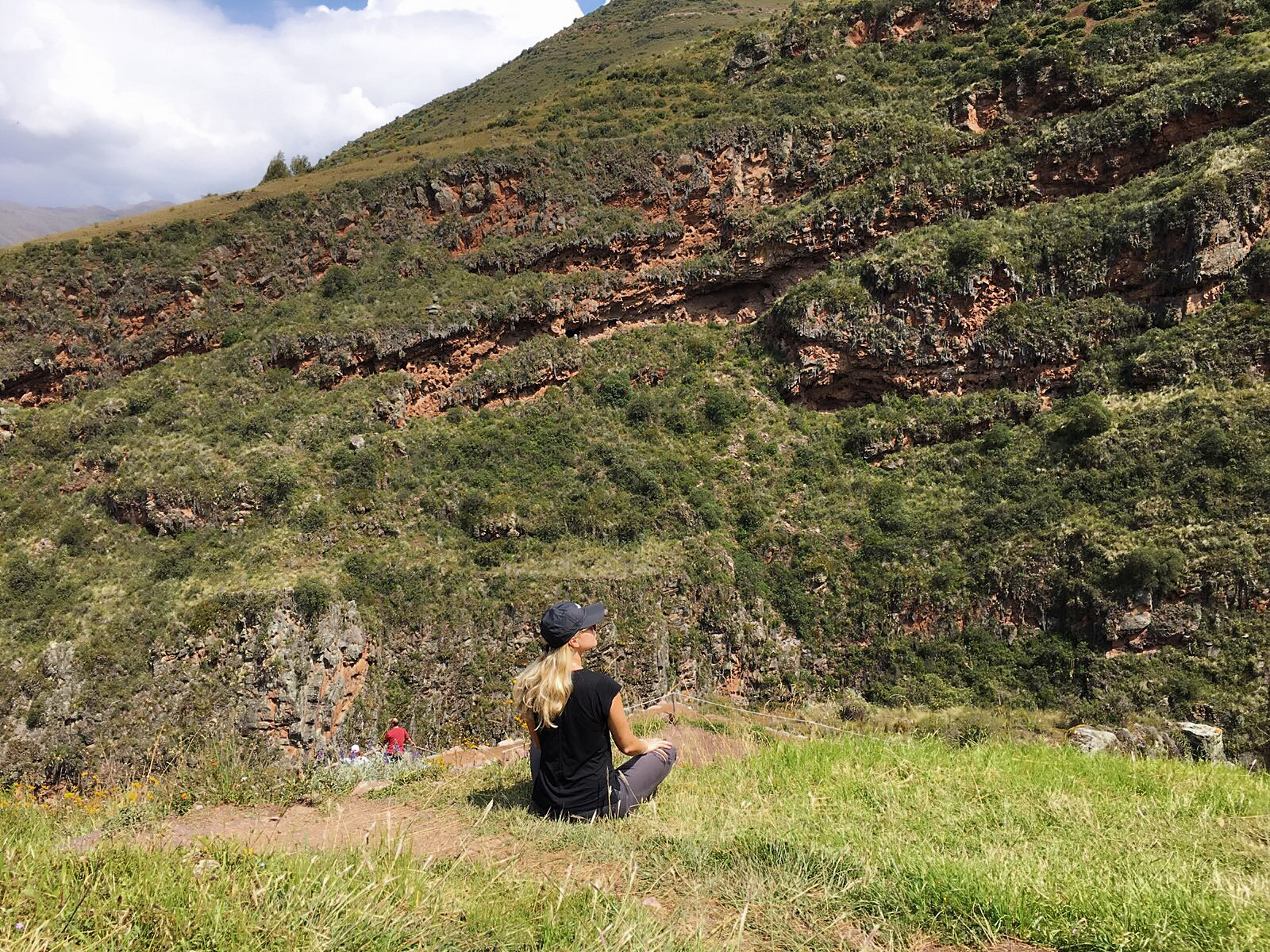
So, whilst I go into some of my theories here (and of course you don’t have to agree !), try to remain unprejudiced and open-minded, whatever your background and creed. Much of what I talk about is not supported by hard evidence, as we know it today, but only hypotheses and soft evidence. I am by no means claiming to be a scientist, nor an archaeologist!
General knowledge, I believe, is something we get from elementary school, often followed by higher education. Of course we also acquire it through TV, newspapers, books, and even the buddies you drink with after work. Depending on where you come from and what your social circle is like the extent, accuracy and the quality of this “general information” will vary slightly, but overall it will be more or less the same.
It would also appear that knowledge has long been controlled by those who do not want to lose power and authority over the masses. One might even say that throughout history there has been a “cover-up” of evidence in regards to certain highly developed ancient civilizations, the origins of which, to this day, are open to continuing investigation and speculation. One of the obvious and striking examples I saw everywhere around the Cusco area was the stone work and the remainders of what once had been temples, fortresses and monuments.
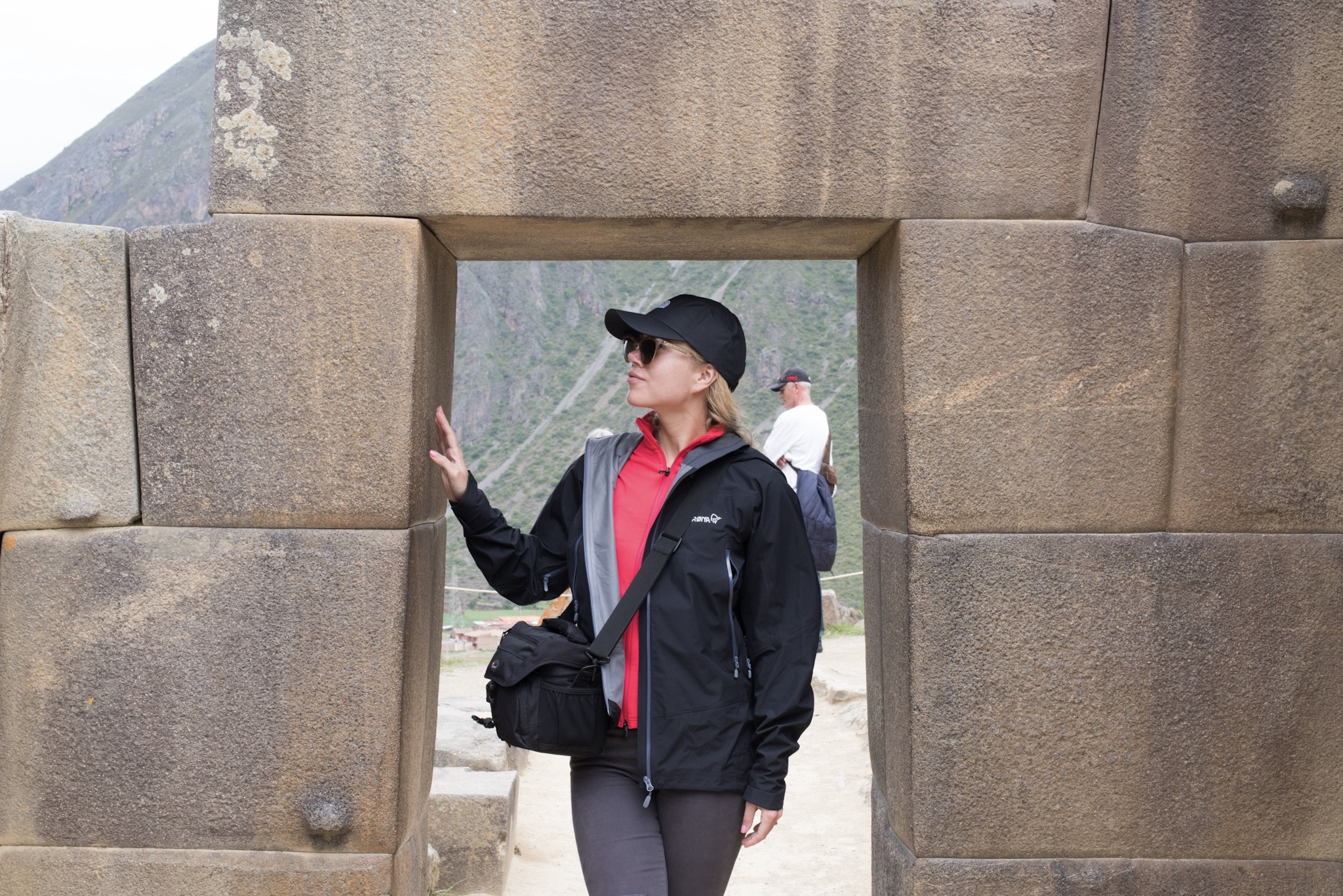
Many sites around Cusco, like Pikillacta, Ollantaytambo, Sacsayhuaman and Machu Picchu are good examples which show differences in the stonework of the same structure, in terms of content, quality and construction methods.
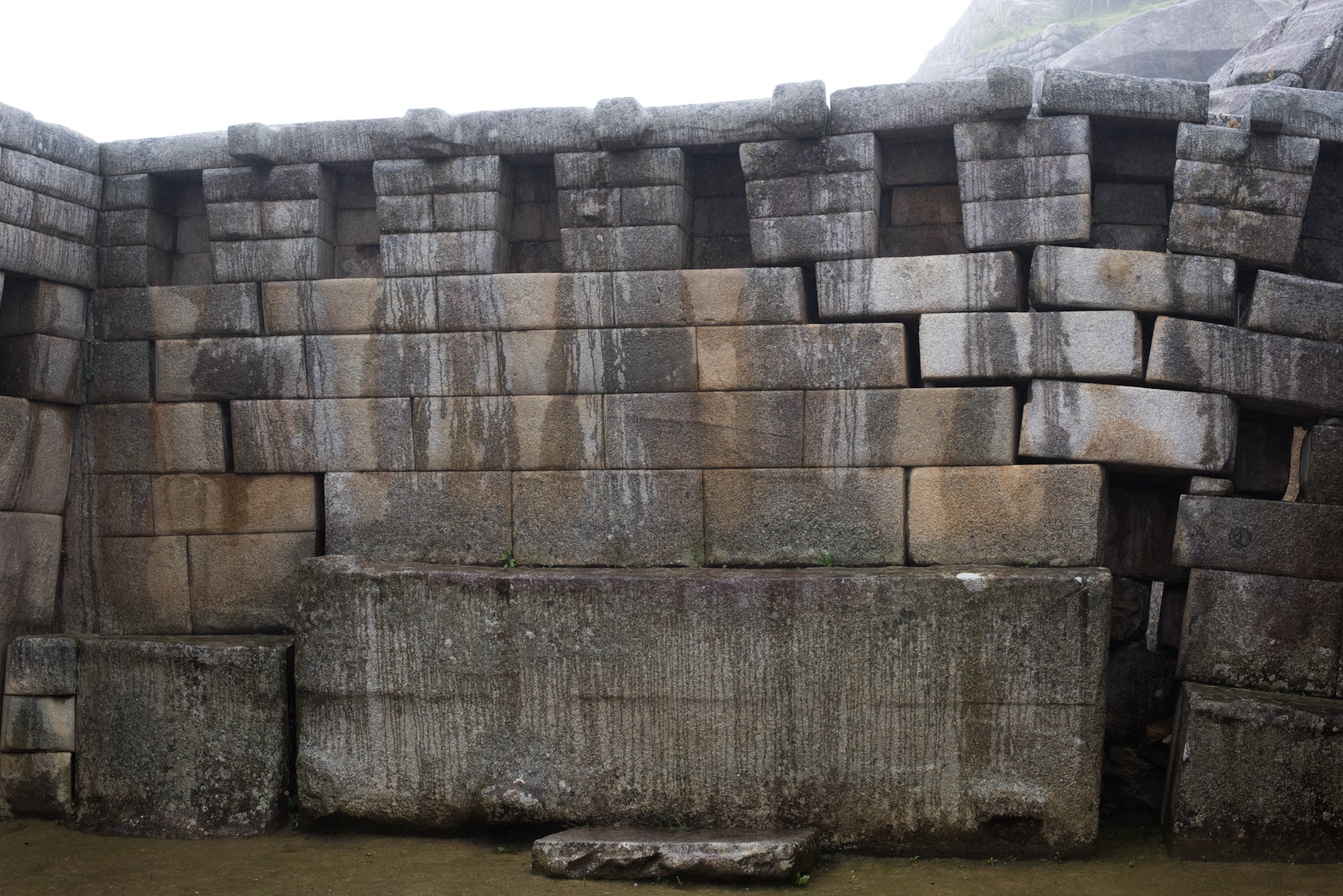
This leads to further thinking that a later culture could simply adapt the previously built sites and attempt to reconstruct them.
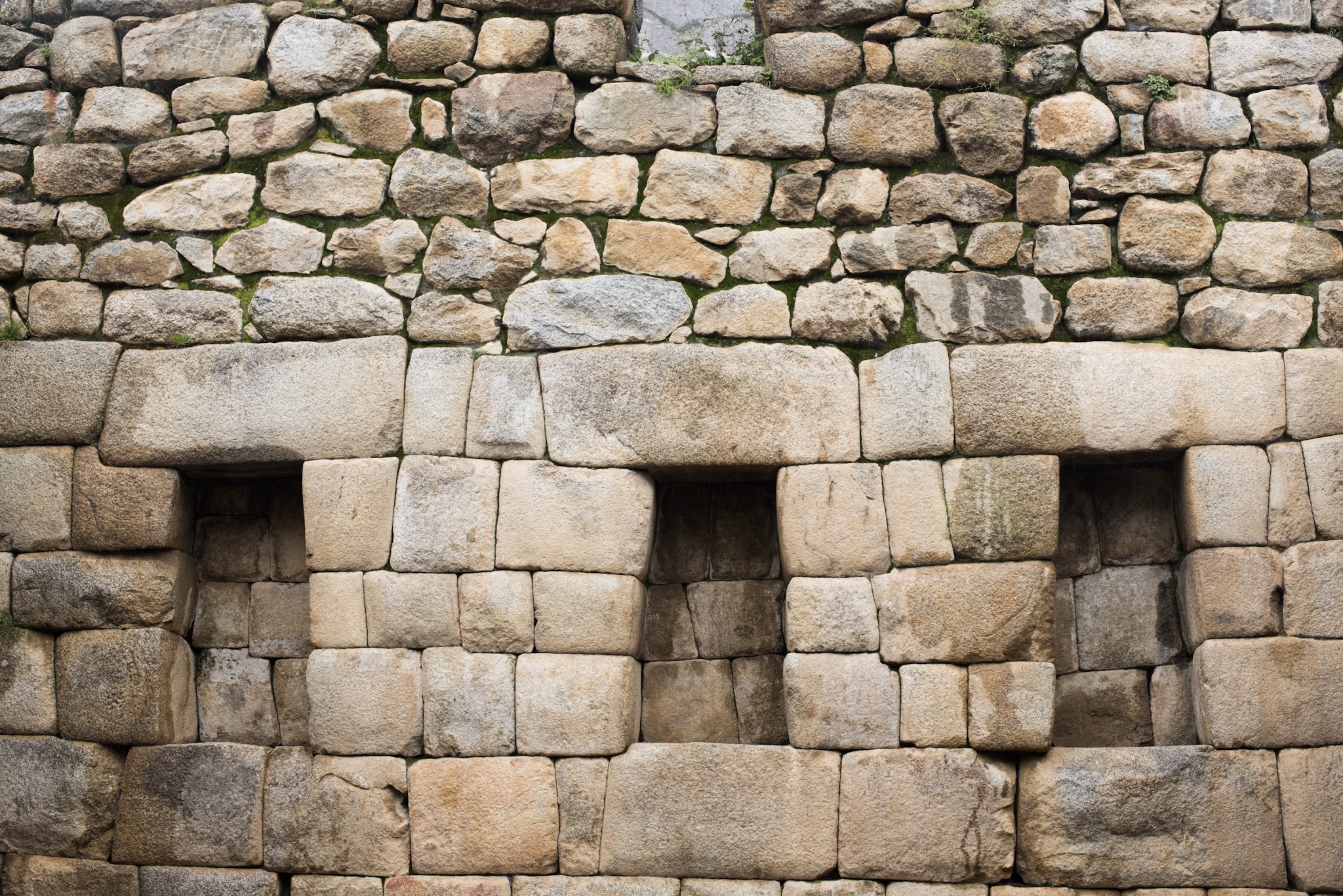
Yet we are often told that the Incan Empire was not capable of constructing buildings of the calibre seen in these areas.
As we walked towards the Temple of the Sun , through a maze of walls made of perfectly fitted stones, some shaped into truncated pyramids, I asked our tour guide who built it. No specific answers were provided.
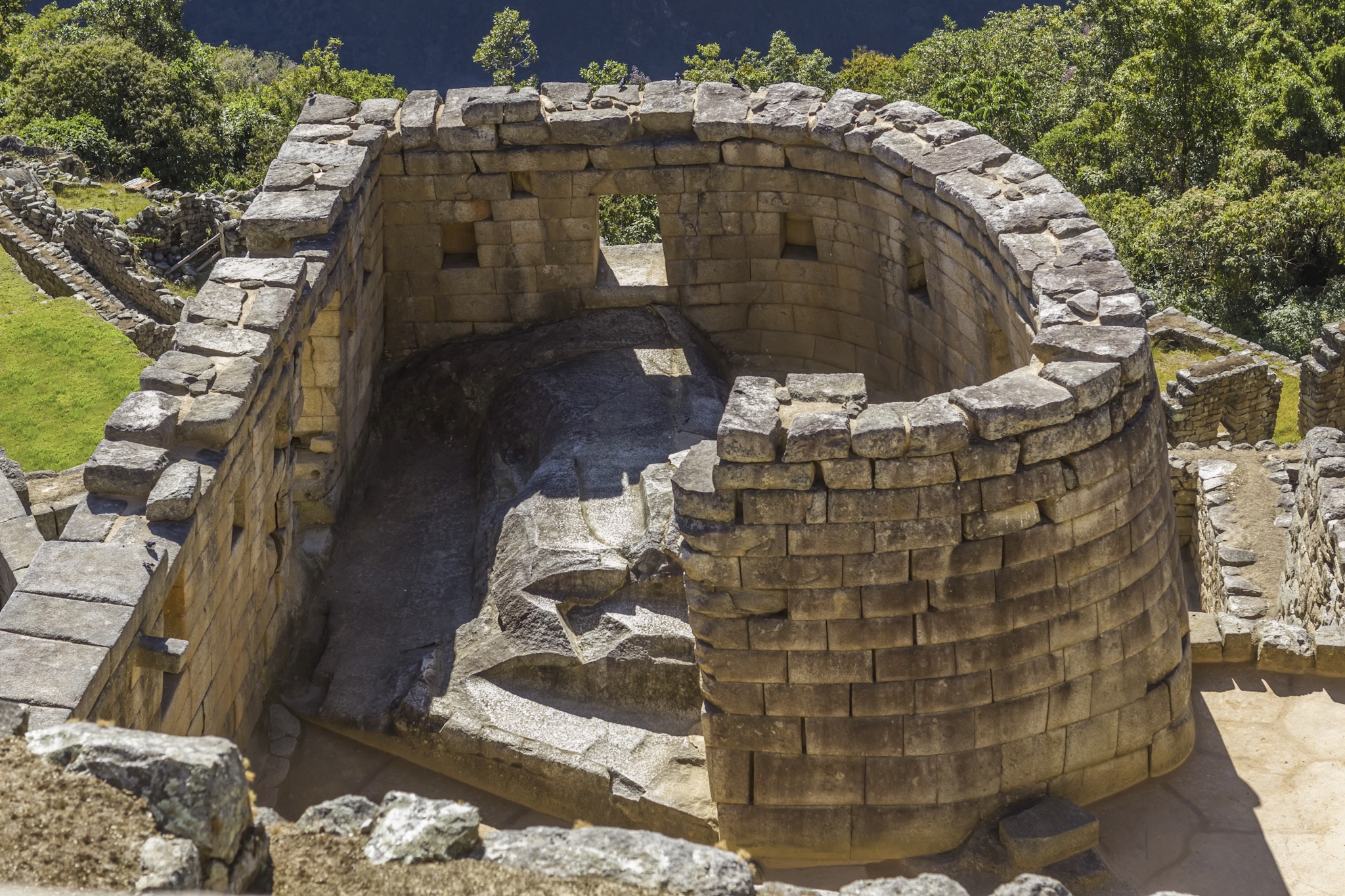 You can see from the photos, the stones fit perfectly together, some of the pieces are even enveloped in a glassy enamel-like coating.
You can see from the photos, the stones fit perfectly together, some of the pieces are even enveloped in a glassy enamel-like coating.
To this day, this effect can only be achieved by melting the rock in temperatures in excess of 1000 C. Without rigorous testing, the debate is open to claims of unusual polishing techniques, natural degradation, lava flows and so on. However, even when I show this picture to my four-year old, she finds it hard to believe that this was achieved with primitive bronze tools, that were said to have been used by the Incas at the time and which can be seen in the museums exhibiting that era today. It would be hard to imagine a person with bronze knives and a hatchet, cutting a hundred ton granite stone as if it were butter, then fitting it perfectly with another stone, right?
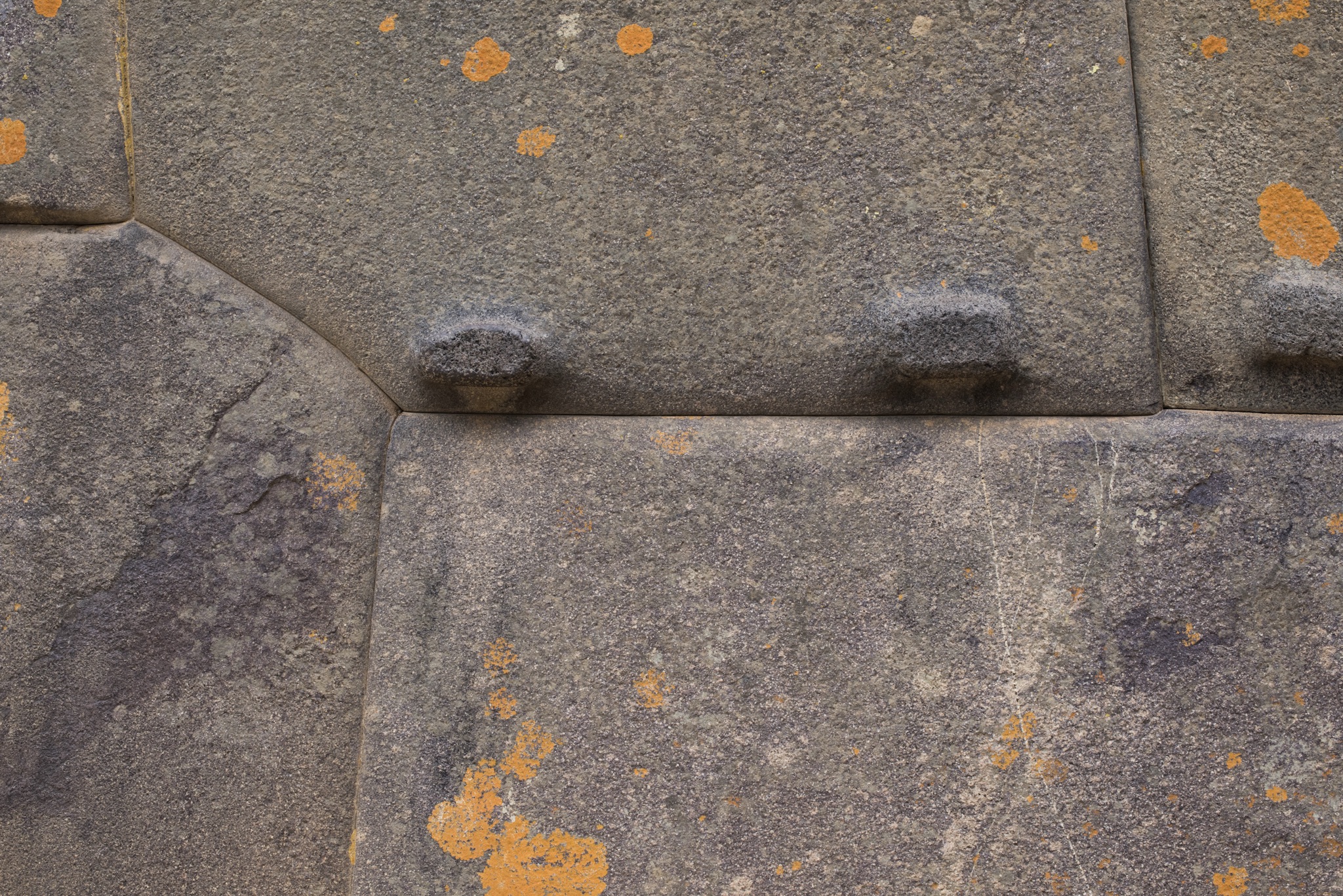

Does Darwin’s theory withstand the striking ancient archaeological monuments, which still baffle scientists in 2017? To this day, we don’t know for certain by whom, when, or how Ollantaytambo, Sacsayhuaman and other ancient monuments were built.
General knowledge does not give convincing answers to these questions. There are, of course, further flung theories that are not so easily available and advocated by the masses. Perhaps if such literature were available to the masses it would incite a lot of debate and questioning amongst not one or two individuals, but many.
As our tour group was taking holiday snaps at Machu Picchu, the guide pulled me to one side. He said that there are so many new excavations happening in the area, and some of the discoveries aren’t widely reported as they do not tie in with history and the timeline as we know it. And you know what? I wasn’t surprised! He also mentioned that on my next trip I should definitely visit the Ica Province and the Ica stones which are famous for their drawings of Gliptolithic men co-existing with dinosaurs.
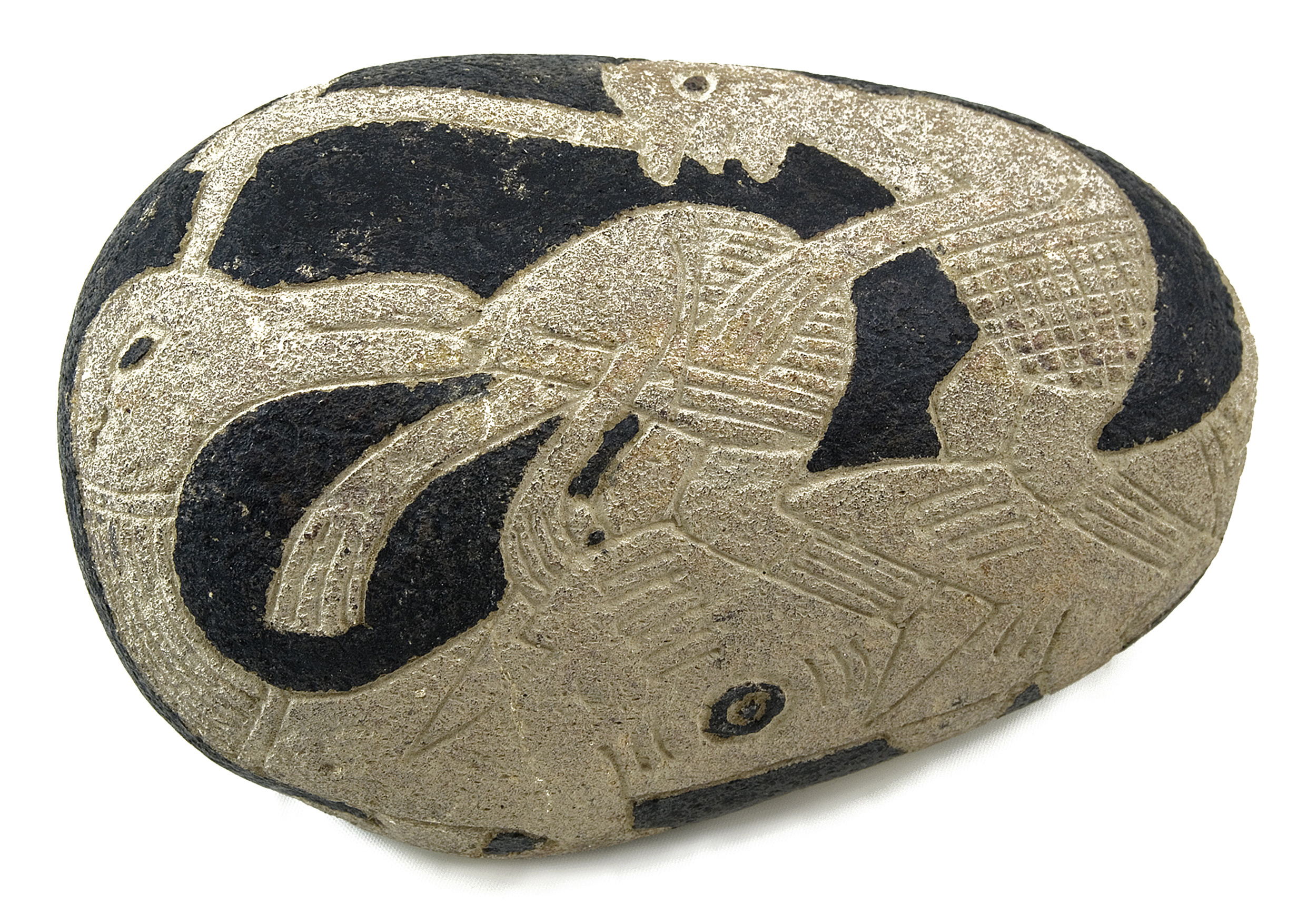 I was getting a little bored with the traditional tour talk and put on some music ahead of the climb to the Machu mountain. There are surveillance cameras and security guards everywhere. Some areas have even been restricted to the general public recently and more will be in the next couple of years. Almost immediately I was approached by a guard who told me to switch my phone off. But why?
I was getting a little bored with the traditional tour talk and put on some music ahead of the climb to the Machu mountain. There are surveillance cameras and security guards everywhere. Some areas have even been restricted to the general public recently and more will be in the next couple of years. Almost immediately I was approached by a guard who told me to switch my phone off. But why?
I believe that the cultural establishment of the modern world has a fear of letting people learn too much new information about the history and practices of the ancient world. Perhaps, my private musical ritual might disturb the energy of the place.
Imagine, if not one, but a few zealots like me would start their own meditation in the place? Perhaps in the right environment and under certain influences we can process or remember information that has forever been dormant but never the less present within us all.
It is again going back to the topic of the masses, and whether revival of spiritual kinship to sacred places and ancient cultures can ignite a certain energy or even knowledge (call it enlightenment!) within humans. An energy that those who are in authority are not ready to deal with. The human DNA is so complex that we do not completely understand how it works.
I found myself wondering again – do the photos of intelligent architecture in Machu Picchu and also the pictures on Ica stones speak of another time when an intelligent life on earth could be genetically seeded by extra-terrestrial beings who mixed their DNA with the DNA of Neanderthals native to the Earth? According to archaeologists, ancient shamans and priests drew their power from their connection with the supernatural and cosmic world. In fact, most archaeological findings suggest that religion and spiritualism were at the very core of ancient Peruvian culture. However, who their gods were and whether they were Earthly beings remains a mystery.
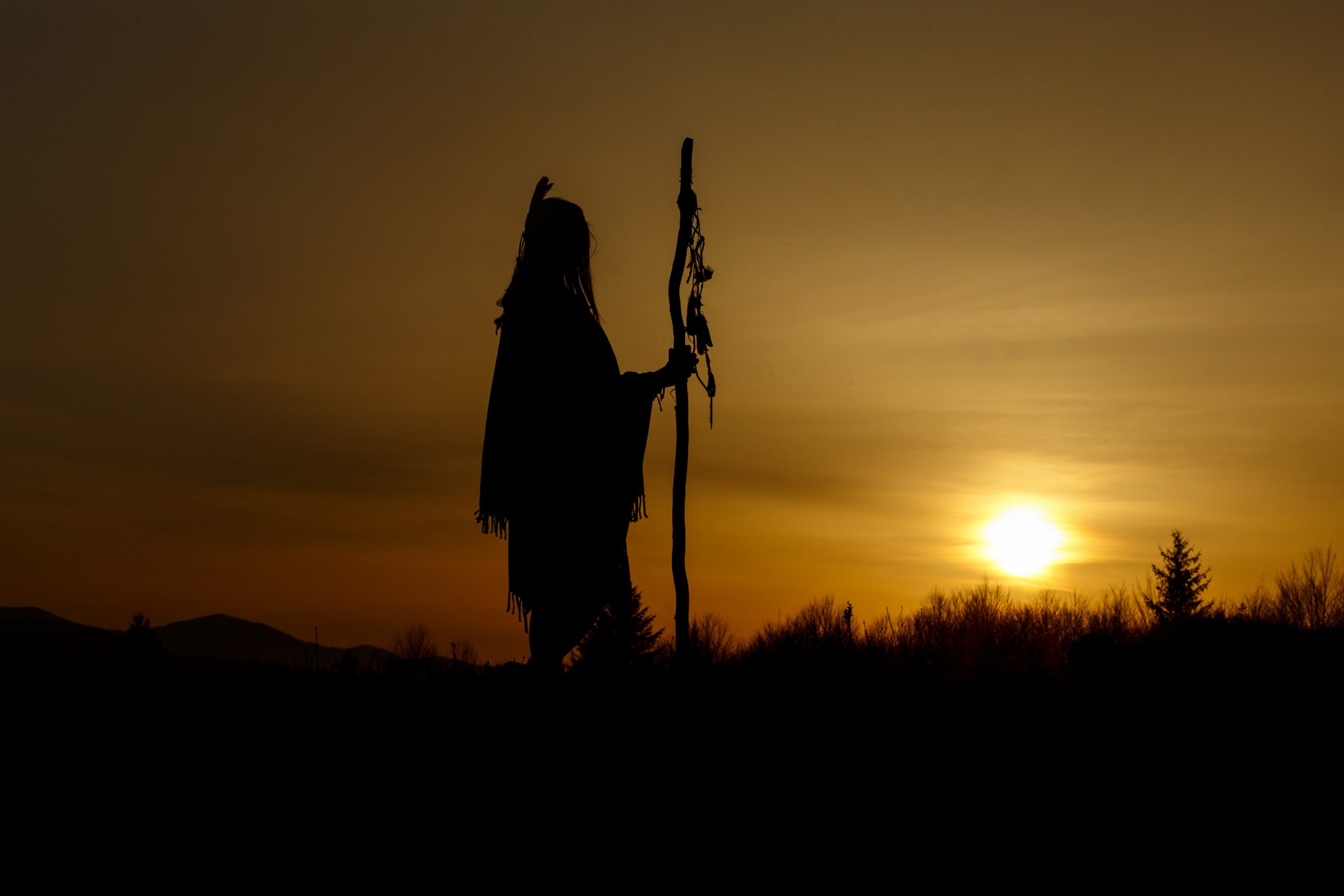
Silhouette of native american shaman with pikestaff on background of sunset beutiful in mountains
Is it arrogant of us humans to speculate that this infinite Universe was created just for us – making us the centre and the jewel of it? Perhaps it is no different than believing that the sun rotates around the earth and that the earth is flat. But maybe this is another story, which I will keep for later for my astrophysics enthusiasts.



